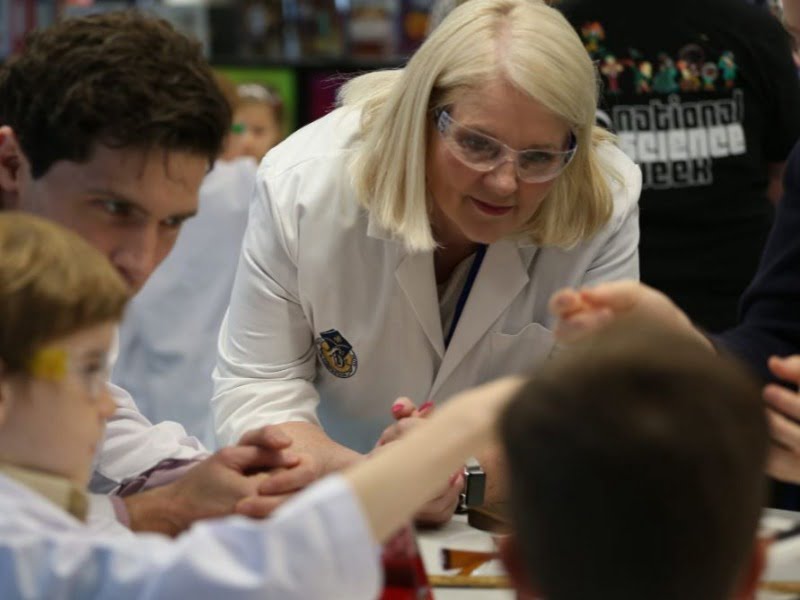It is a grim happenstance that the first locally made ventilators produced by a consortium of manufacturing and MedTech firms were delivered to the National Medical Stockpile just as Victoria declared itself in a state of disaster following the alarming spike in COVID-19 cases.
It is also a great reminder of the ability of the Australian manufacturing sector to come together in order to get something done in the national interest and stands as a testament to the tenacity of Industry Minister Karen Andrews.
It is three months since Mrs Andrews announced a $31 million agreement with a consortium led by Victorian firm Grey Innovation to produce 2,000 ventilators. Those were the scary days of the early pandemic, as opposed to the scary days of right now and the arrival of a new wave of transmission.
Certainly, it is worth acknowledging again the positive and successful response to the COVID-19 crisis in Australia. Whatever the occasional but generally muted bickering that surfaces through social media, the health response of our governments has been excellent.

The response of the community has been generally outstanding, and various sectors within it. The three-month pivot-to-delivery timetable of Grey Innovation consortium is such a great example, although it is far from the only one.
While government made sure the money was available, the local designers and manufacturers still had to get it done. And deliver. So, there’s that. Let’s hope we can build on that kind of national confidence inducing success.
Mrs Andrews said Grey Innovation had been able to employ an additional 22 engineers, and another 250 jobs had been created or retained across all suppliers.
“The local production of these ventilators is an outstanding example of what can be achieved when industry and Government work together and draw on our highly advanced manufacturing capability,” she said.
“These ventilators are available to be sent anywhere they are needed in Australia and give us an impressive reserve capacity.
“Hopefully they won’t all be needed, but these machines will ensure that our hospitals are well equipped to withstand future surges in intensive care cases.”
Grey Innovation executive chairman Jefferson Harcourt says the machines were now being cranked out at speed, with assembly lines up and running at Planet Innovation in Box Hill and Medmont International in Nunawading, as part of the consortium’s expert network of manufacturers and suppliers.
“We’ve seen ingenuity, resilience and extraordinary collaboration from our myriad of partners in meeting the challenges of our COVID-19 response,” Mr Harcourt said. “And we couldn’t have done it without the incredible support of the Australian government, the Victorian Government and the Advanced Manufacturing Growth Centre.”
“Grey Innovation is very proud to have a led this amazing consortium of local companies to produce the NOTUS emergency ventilator to ensure every Australian who might need a ventilator, will have one.”
The National Medical Stockpile provides states and territories with personal protective equipment (PPE) and other essential medical items to supplement their supplies and support their health systems through the pandemic.
The ventilators are being manufactured in Victoria under a contract with the federal Health department. Victoria, like all states and territories, has access to the National Medical Stockpile, including ventilators, should they need them.
As far as successes go, the fast turnaround on this venture is certainly worth celebrating. Here’s hoping the NOTUS emergency ventilators will not be needed.
Do you know more? Contact James Riley via Email.


Redesign Work Practices to be Covid-19 Safe
Right now, we need a new approach which will ensure that as many businesses as possible remain open. The Premier, as matter of extreme urgency, needs to set up a working party that will redesign work practices in various industries to make them operationally Covid-19 safe!. Priority clearly needs to be give to food production, and, in particular, to meat processing.
The working party should not be a “committee of stakeholders” offering advice, it needs to consist of those with expert knowledge of work practices in general, and, the industries concerned. It needs to be capable of producing actionable outcomes. It MUST include unions, who are often close to the work places.
I cannot understand why this has not already been dome, it is obvious. I have tied to communicate this to the authourities, however, it is hard to get through.
If done properly, it should be possible to reduce the extent of the shut downs, and, their economic impact without compromising public health. This applied particularly to aged care facilities.
Karl Reed